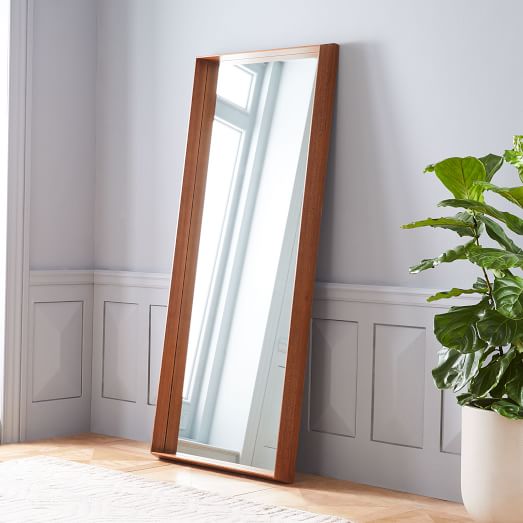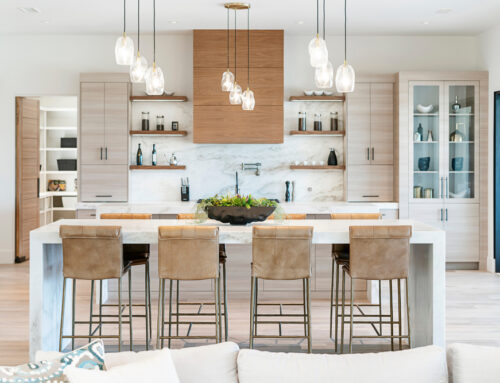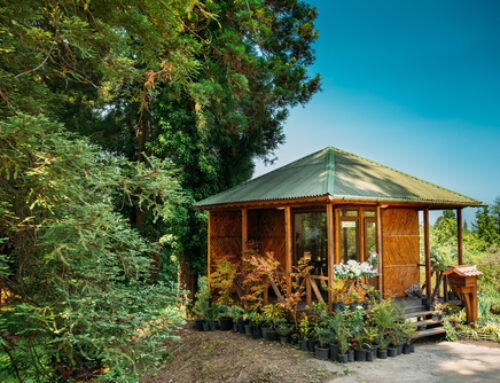Some people love a cozy, darker space, but for others (and for getting top dollar in a sale), bright, airy spaces are optimal. How can you get this look in an existing home? The obvious answer is with remodeling—adding windows or skylights to let in more natural light. There are many ways to brighten a room, though, that don’t involve calling a contractor and spending lots of money. Here are some suggestions:
Start by making the most of the windows you have. If it’s been a while since the windows were washed (note to self…), having them cleaned can make a big difference. Next, think about removing or lightening your window coverings. If you need some coverage for privacy, consider something sheer that will still let in light. Also consider whether you can get the privacy you need by only covering a portion (usually the lower portion) of the window. Top-down blinds, half curtains with the rod in the middle of the window rather than above it, or a frosted window film directly on the glass are all ways to block a portion of the window, while letting light in through the rest.
Hanging the curtain rod well above a window can make it seem bigger. Also, be sure the rod is wide enough that the curtains, when open, are not blocking the window. Move tall, bulky pieces of furniture away from windows, so they don’t cast shadows and block natural light.
Next, think about lightening the colors in the room. Choose light-colored or white paint for walls, and white paint for ceilings. If you have dark floors, consider light-colored area rugs. You don’t have to go all white throughout the room though. If you love color, add it with furniture, art and accessories. Using some dark accents will add depth to the décor.
Using mirrors is an old, but very effective, trick. I wouldn’t recommend mirrored wall or other surfaces (it would add light, but that look feels quite dated), but an oversized framed mirror, hung or propped up against the wall, especially across from windows, is a great look that really opens up a room.
Finally, adding lights, or choosing different lights, might be the perfect last step. Choose brighter bulbs for your existing fixtures if they can safely use them, consider if a lighter lampshade is appropriate, or add fixtures that bounce light across your (nice white!) ceiling. Pay attention to the color temperature of the light bulbs you use. I personally find the light from bulbs that have a color temperature around 3000K (this is like the light from a halogen bulb) to be bright and cheery, without being too cold. Stay away from bulbs marked “daylight” — that sounds like nice natural light, but it actually is a very cold blue light that feels very industrial compared to what we are accustomed to in a home setting.








